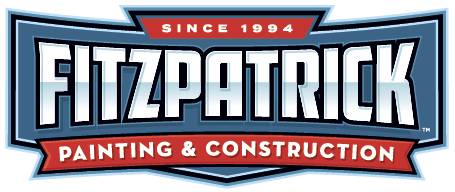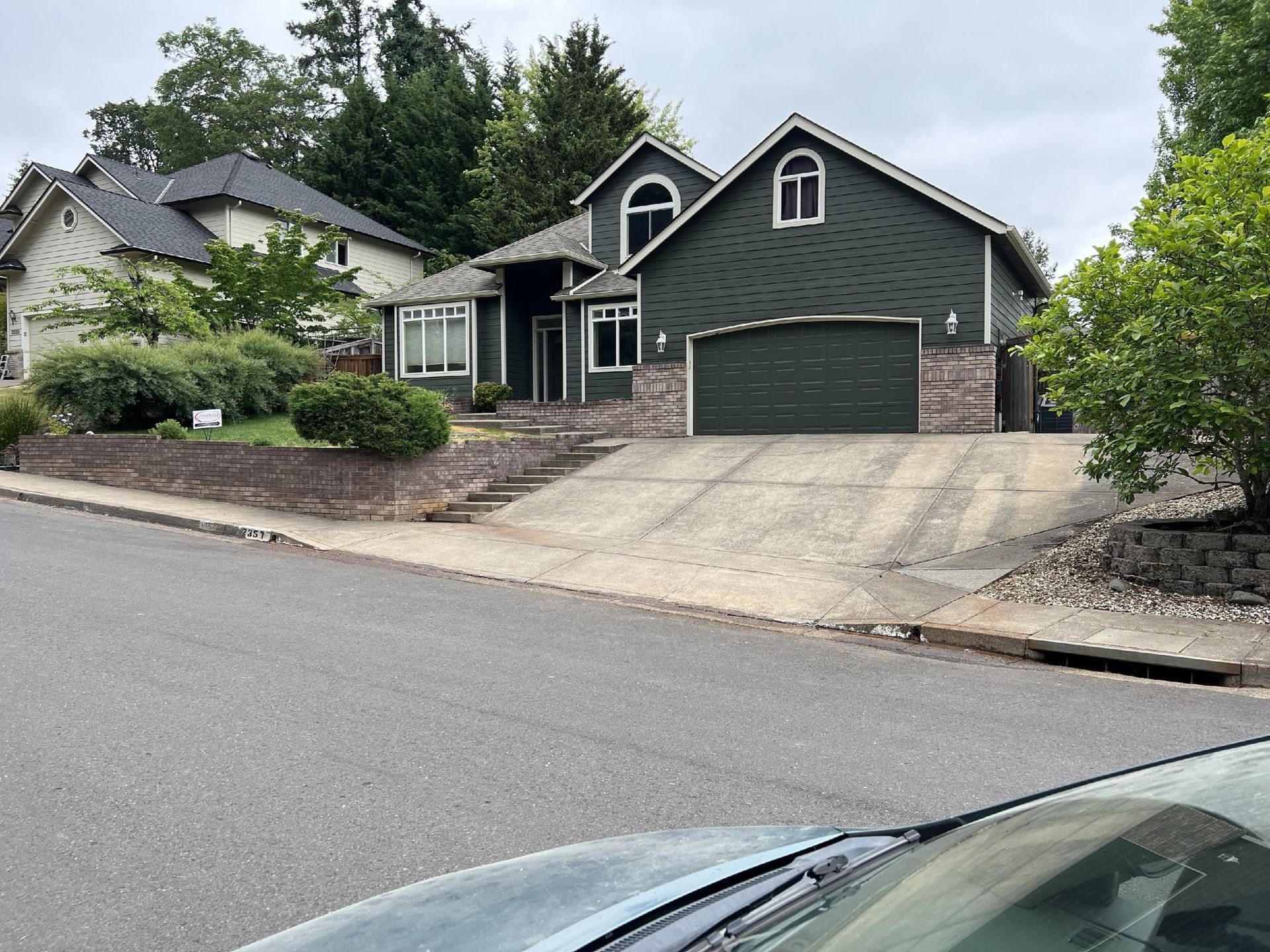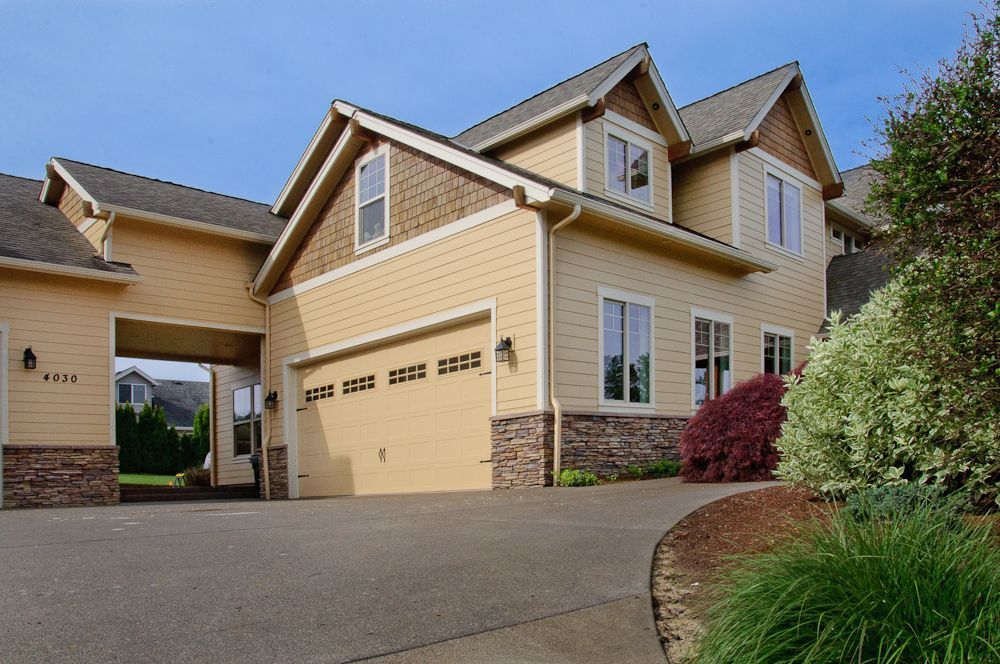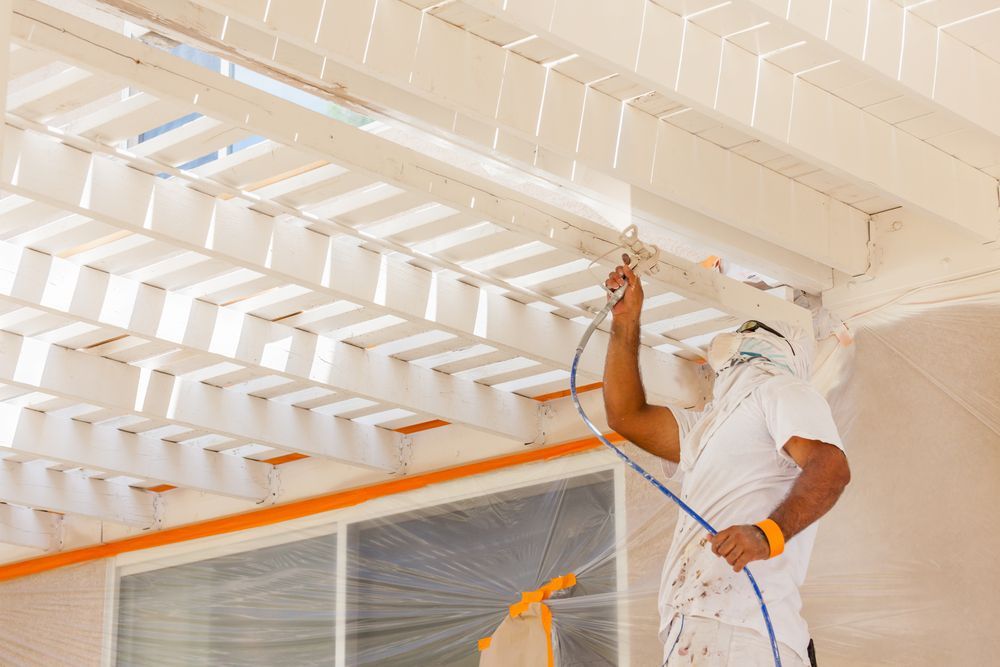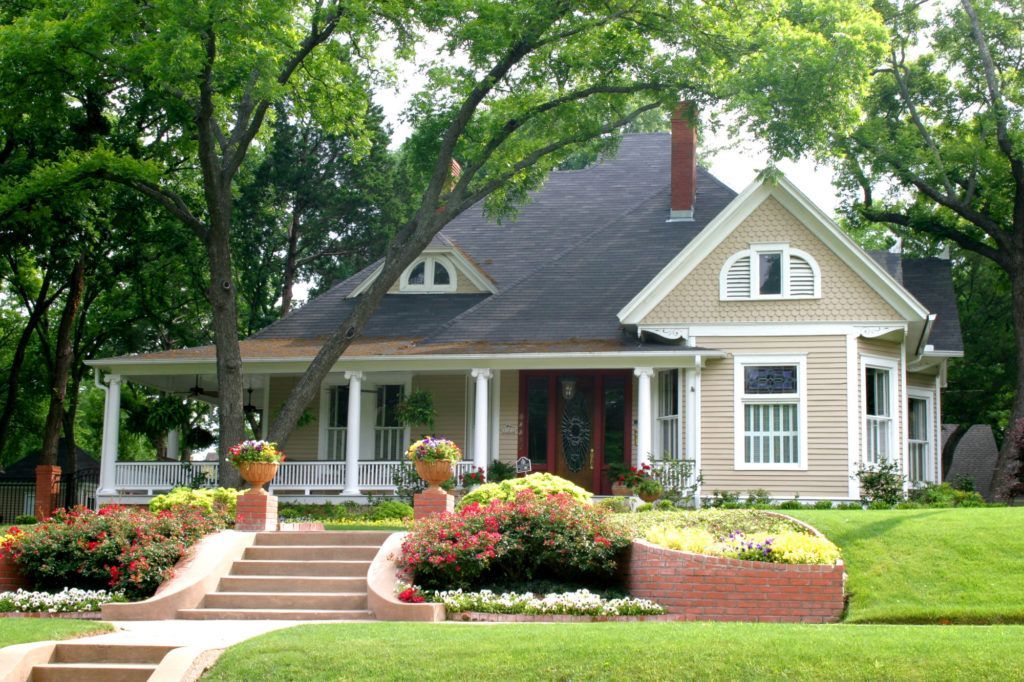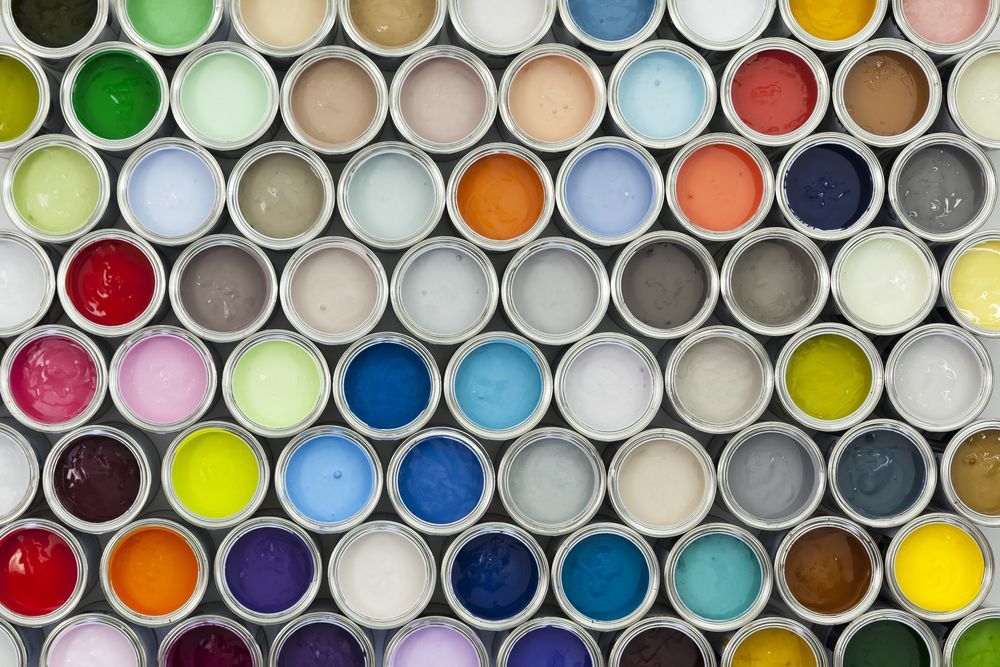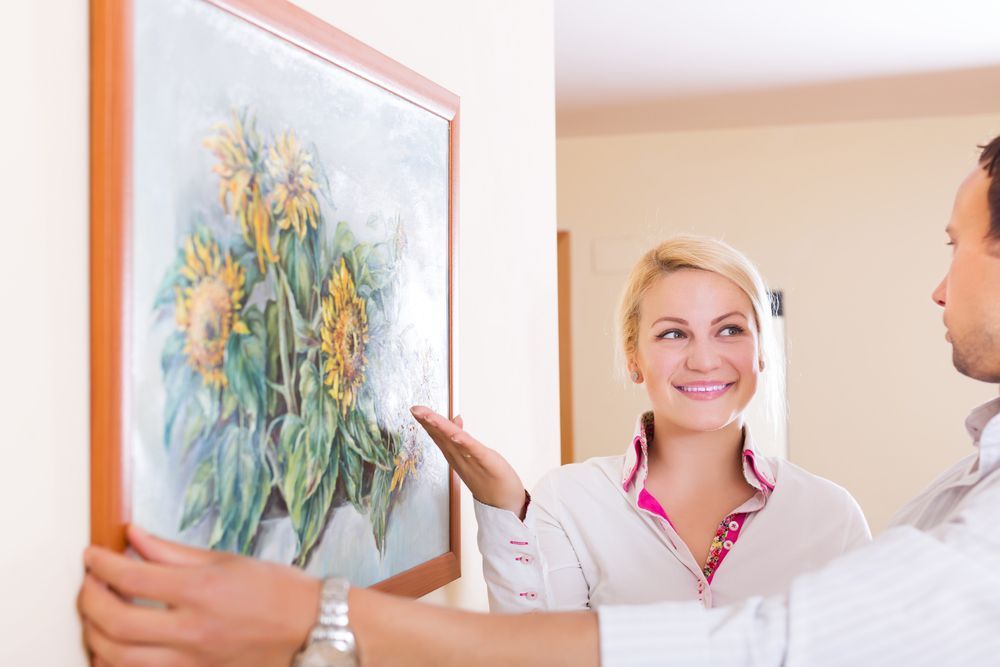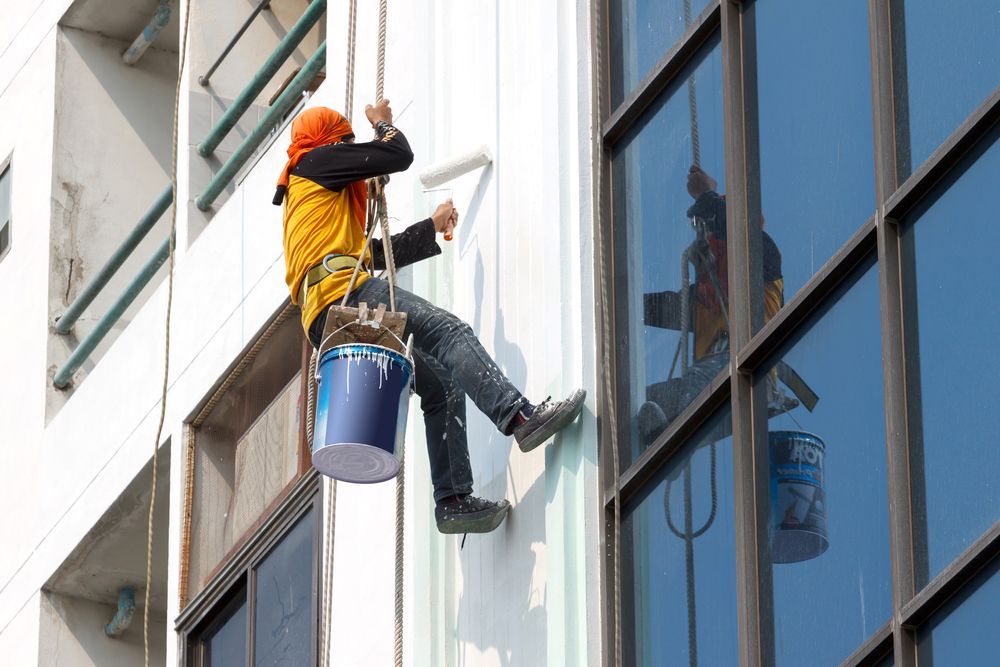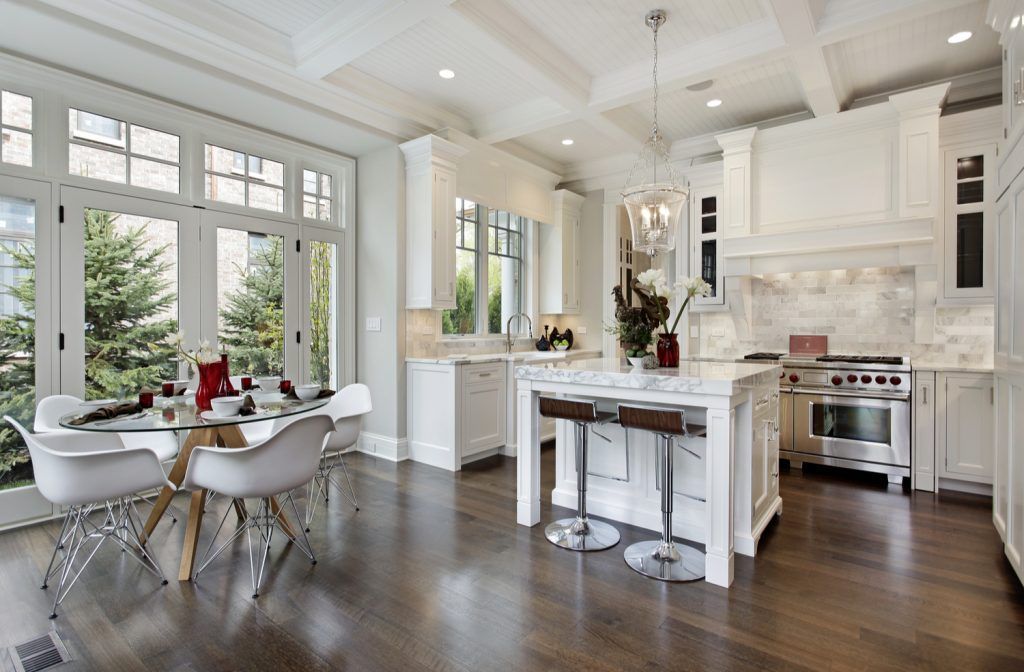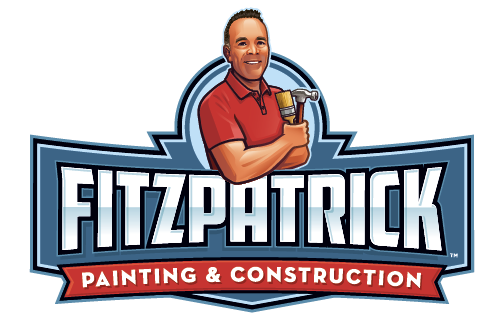Can You Paint Over Wallpaper? Here's What You Need to Know
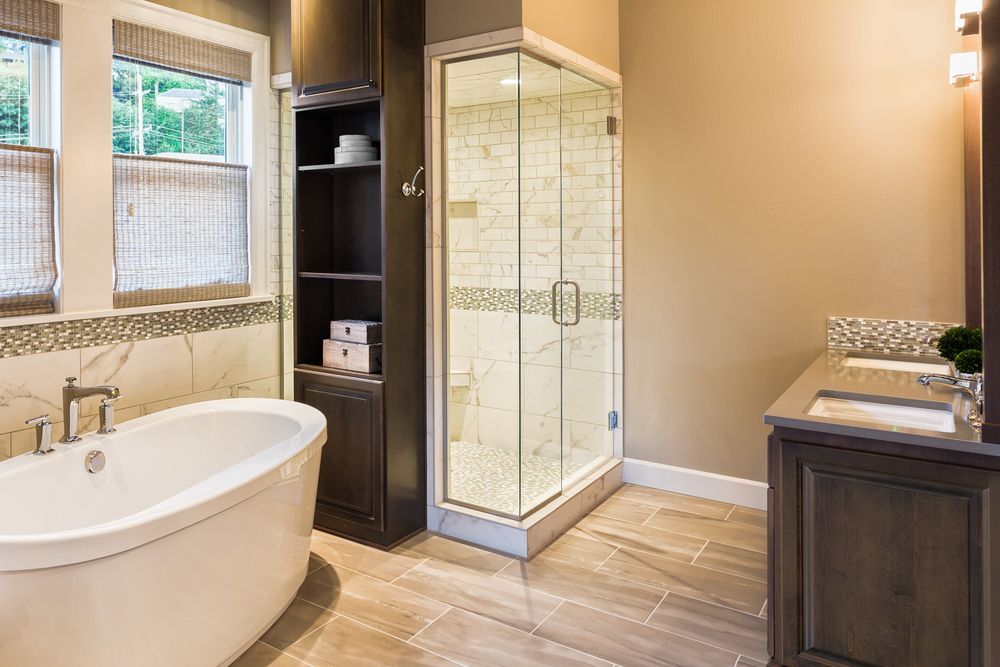
Ah, wallpaper: the interior design gift that keeps on... lingering. Whether it’s a floral relic from decades past or a bold pattern that’s overstayed its welcome, the question inevitably comes up: “Can you just paint over it?”
Short answer: yes, technically you can paint over wallpaper—but that doesn’t always mean you should. If the wallpaper is in good shape, firmly stuck, and not textured like a popcorn ceiling, painting over it can be a decent temporary solution. That said, it’s not the gold standard for long-term results.
This guide walks you through the pros, cons, and "if-you-must" techniques of painting over wallpaper, plus smarter alternatives and removal tips. Whether you're a DIY diehard or just trying to freshen up a room before guests arrive, we’ve got you covered.
When Painting Over Wallpaper Might Work
While removing wallpaper is typically the better approach, there are situations where painting over it is a reasonable plan B.
Painting over wallpaper can work if the paper is in good condition: no peeling corners, bubbling, or major seams. Vinyl-coated wallpaper, which resists moisture, isn’t great for painting—but traditional paper-based wallpaper can accept paint fairly well. The key is to inspect every inch like you're prepping for a home makeover reality show. If it's firmly attached, smooth, and not textured like stucco, you’ve got a shot.
Also, consider your timeline. If you're doing a quick refresh for staging or don’t want to risk damaging old drywall, painting over wallpaper might buy you time. Just know that it’s a temporary fix—not a forever solution.
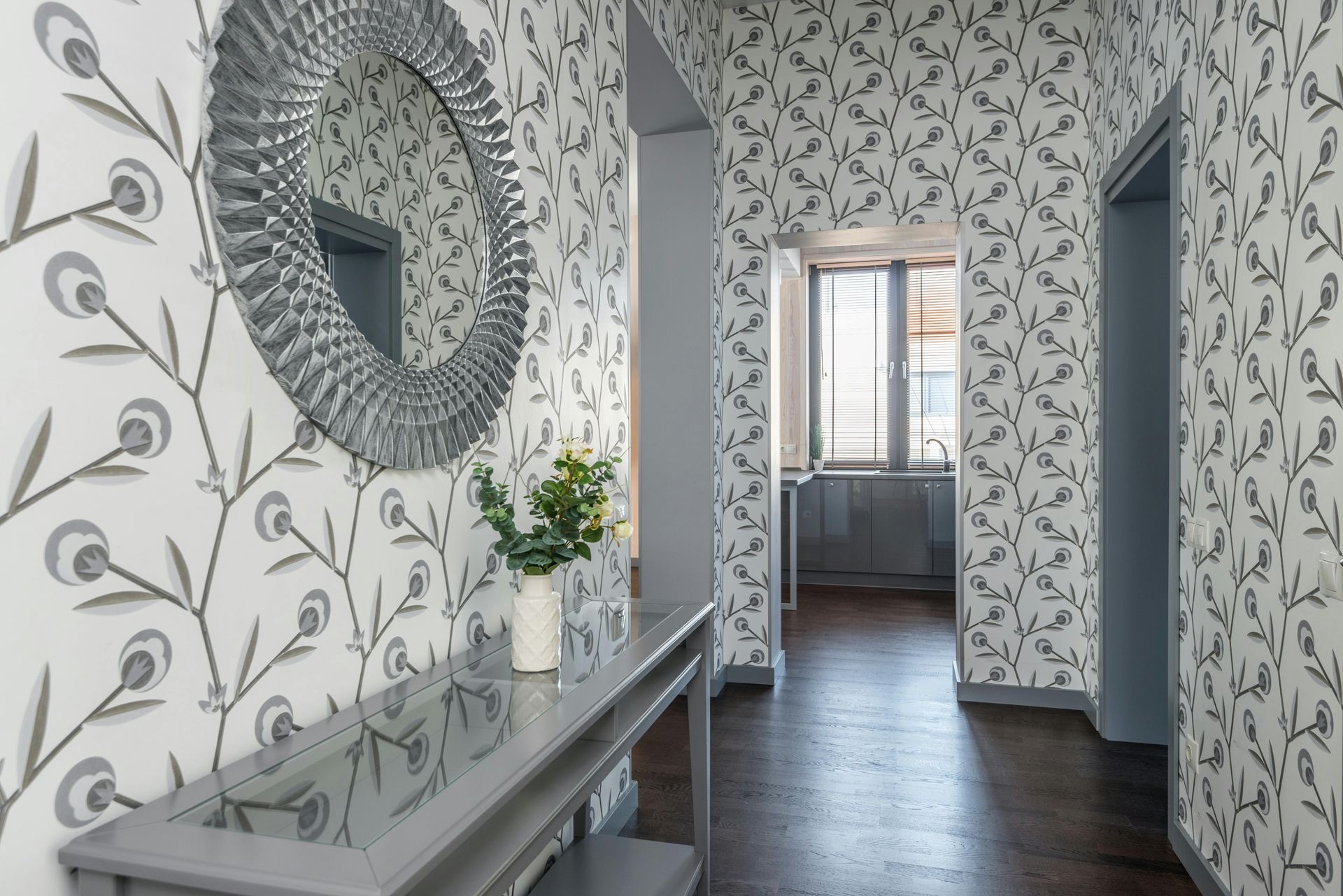
How to Paint Over Wallpaper (If You Must)
Okay, so you’ve decided to live life on the edge and paint over that wallpaper. No judgment—just prep it like you mean it.
Preparing Wallpapered Surfaces
Start by cleaning the wallpaper thoroughly with a mild detergent solution to remove dust, grease, and any leftover regrets from wallpaper past. Once dry, fix any loose edges or bubbles with wallpaper adhesive, and use spackle to smooth over visible seams. Sand down glossy or raised patterns to reduce texture. The more seamless the surface, the better your paint will look.
Next comes the most important part: priming. This isn’t optional. A high-quality primer is your best
defense against bleed-through and peeling paint.
Best Primers and Paints to Use
When painting over wallpaper, oil-based or shellac-based primers are your best bet—they seal the surface and keep wallpaper adhesives from bleeding through. Water-based primers are too gentle here. Once primed, go with a satin or semi-gloss finish paint, which is more forgiving over imperfect surfaces and easier to clean than matte options.
You may need two coats, especially if you’re covering a pattern that looks like it escaped from an '80s soap opera.
Why Removing Wallpaper First Is Usually Better
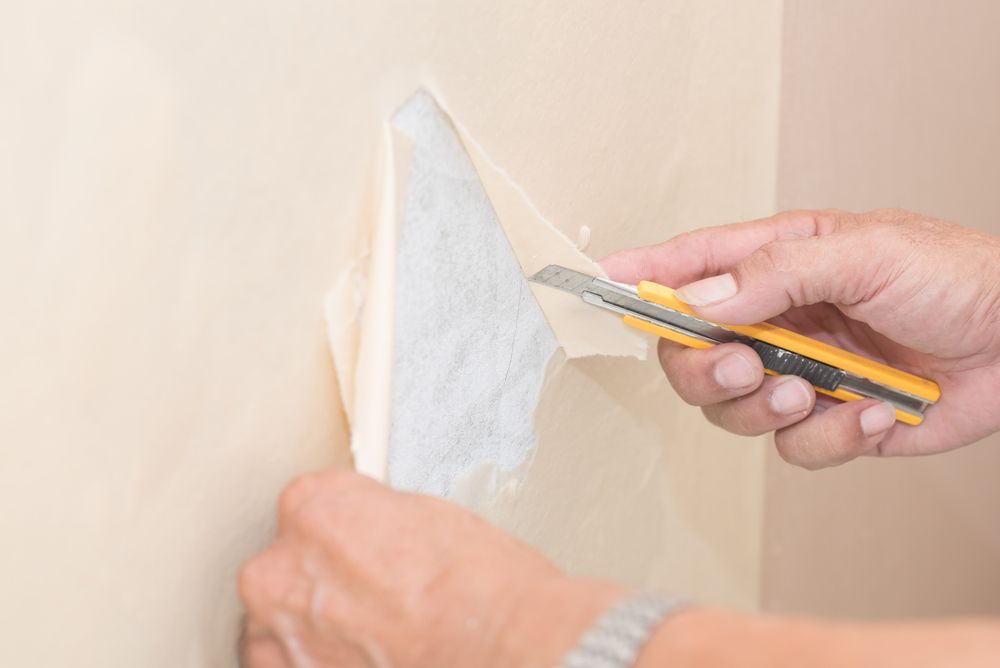
Here’s the truth: if you want your new paint job to look smooth, last longer, and avoid weird texture or bubbling in the future, removing wallpaper is almost always the better option.
Peeling wallpaper can eventually pull paint off with it. Seams may show through, and textures don’t always hide well under paint—no matter how many coats you throw at it. Removing the wallpaper lets you assess the condition of the walls underneath, repair any damage, and get a clean, uniform surface ready for paint. It’s more work upfront, but it saves time, money, and sanity in the long run.
Effective Wallpaper Removal Techniques
Removing wallpaper used to mean steamers, scrapers, and every known symptom of stress—but modern tools and products have made things a lot easier.
Start by testing a corner: if it peels easily, you're in luck. If not, score the surface lightly with a wallpaper scorer, then apply a commercial wallpaper remover or a vinegar/water mix. Let it soak, then peel with a putty knife. Steamers can help for older, stubborn wallpaper.
DIY vs. Professional Removal
If your wallpaper was applied properly and your drywall is in good shape, you can probably tackle removal yourself with patience and elbow grease. But in older Oregon homes, or if you suspect multiple layers of wallpaper or fragile walls underneath, it might be time to call in professionals. They’ll get it done faster—and without turning your walls into Swiss cheese.
Alternative Solutions to Consider
Not ready to strip wallpaper or paint over it? Good news: there are creative in-between options that let you refresh your walls without committing to full removal.
Textured Wall Coverings
Instead of painting directly over wallpaper, consider skim-coating the surface to create a smooth texture or using Venetian plaster or limewash to disguise what's underneath. These techniques can deliver a high-end look while avoiding full removal.
Wainscoting and Wall Panels
Another stylish solution? Cover the lower half of the wall with wainscoting or decorative wall panels, then remove or paint the upper section. It adds architectural charm and gives you a fresh canvas—without the commitment of full wallpaper removal.
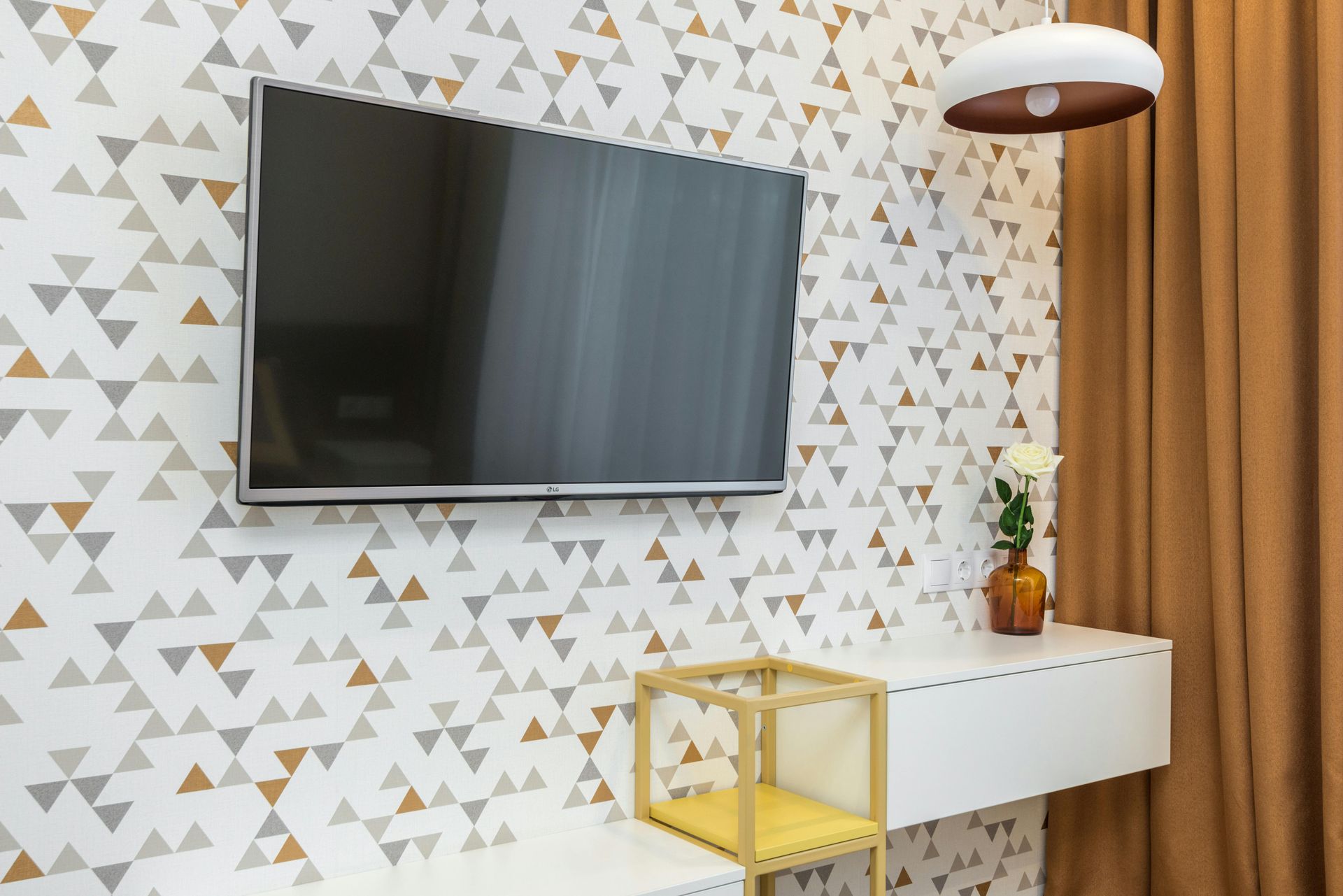
Professional Help for Your Wallpaper Project
Wallpaper issues can be deceiving. What looks simple often hides layers—literally. If you're unsure whether to remove or paint, a professional can assess the situation and steer you in the right direction. In the Willamette Valley, Fitzpatrick Painting & Construction has seen it all (yes, even the wallpaper with tiny sailboats). Whether you’re painting, stripping, or designing a creative workaround, they’ve got the tools and the know-how.
Frequently Asked Questions
Q: What types of paint colors work best over wallpaper—light or dark shades?
A: Dark shades hide patterns better, but they also highlight texture flaws. Light colors are more forgiving with surface imperfections but may need extra coats.
Q: How many coats of paint are typically needed when painting over wallpaper?
A: Usually two—one for coverage, one for consistency. If you’re covering a bold pattern, you may need a third for good measure.
Q: Will painting over wallpaper affect the insulation or soundproofing qualities of my walls?
A: Not in any meaningful way. The effect is negligible unless the wallpaper is super thick or part of a layered wall treatment.
Q: How do I address wallpaper borders when painting a room—should I remove just the border or all the wallpaper?
A: If the border is the only wallpaper in the room, you can try removing just that. But if it peels or damages the wall beneath, you may be better off removing everything for a consistent finish.
Q: What are the environmental considerations of removing versus painting over wallpaper?
A: Removing wallpaper often involves chemicals or disposable materials, while painting over it may trap adhesives or VOCs. Choose low-VOC primers and paints, and properly dispose of old materials to minimize your environmental footprint.
